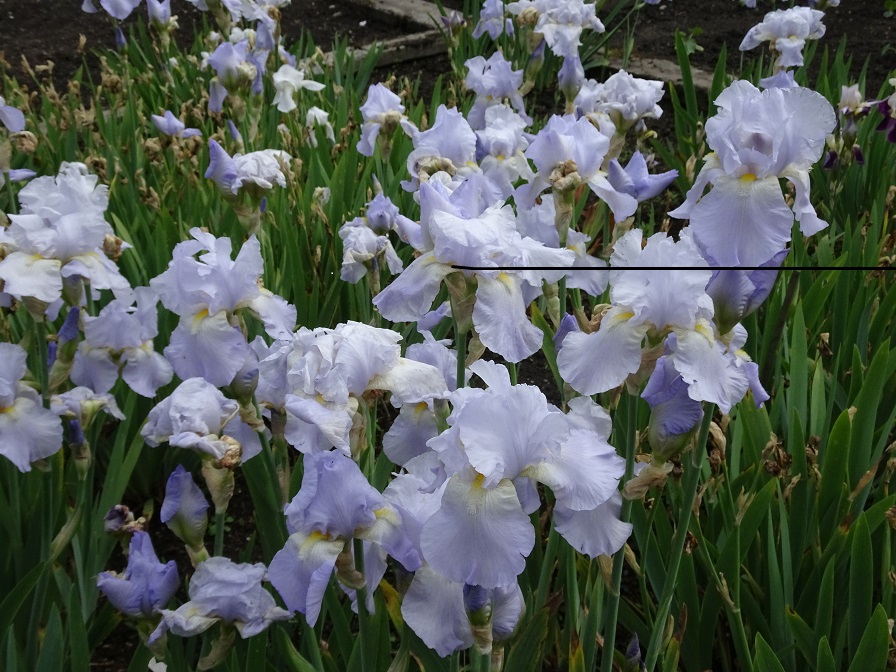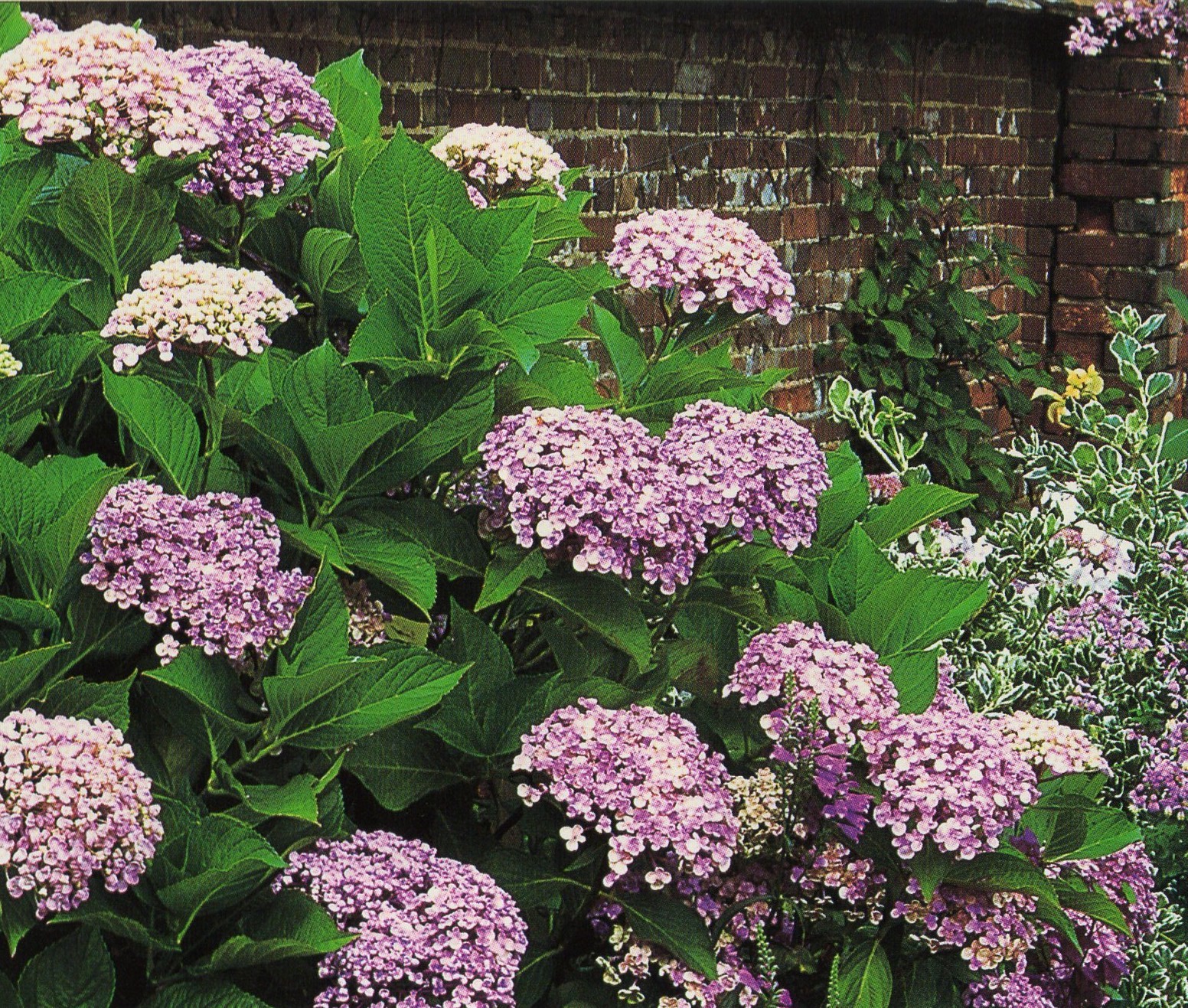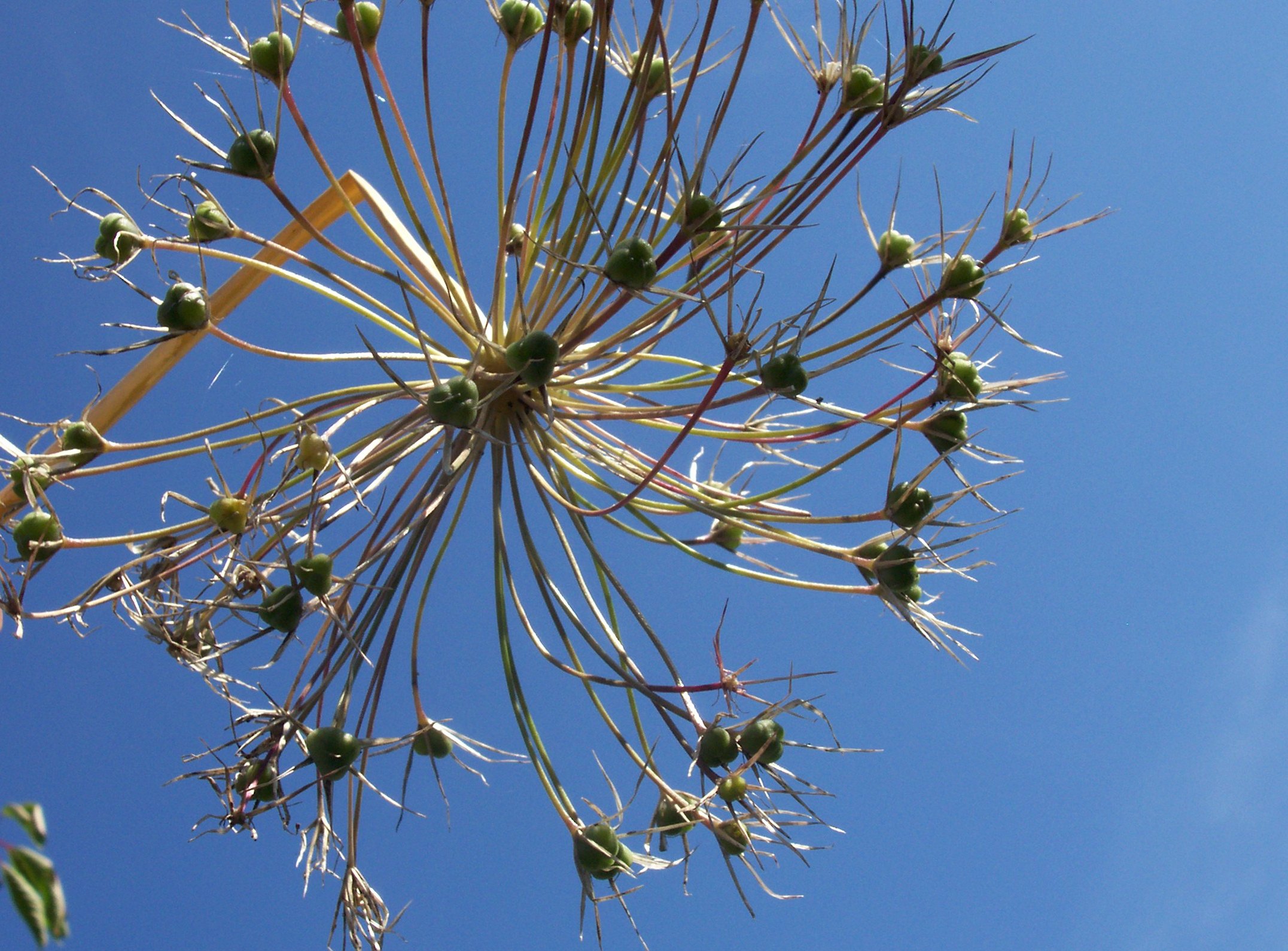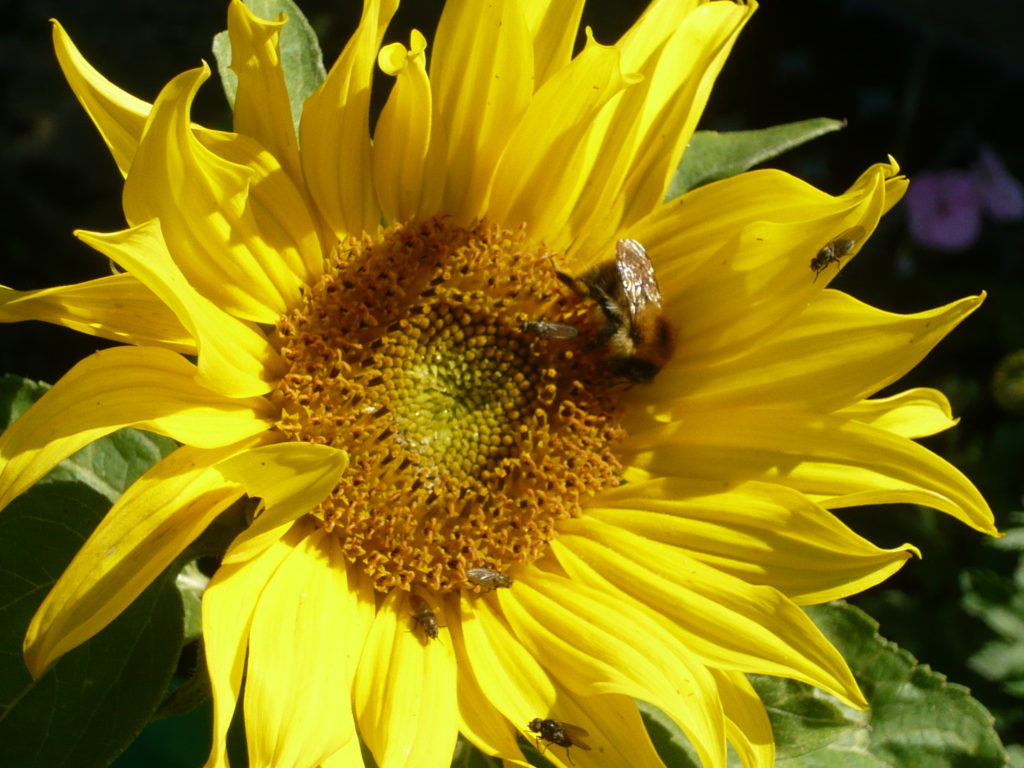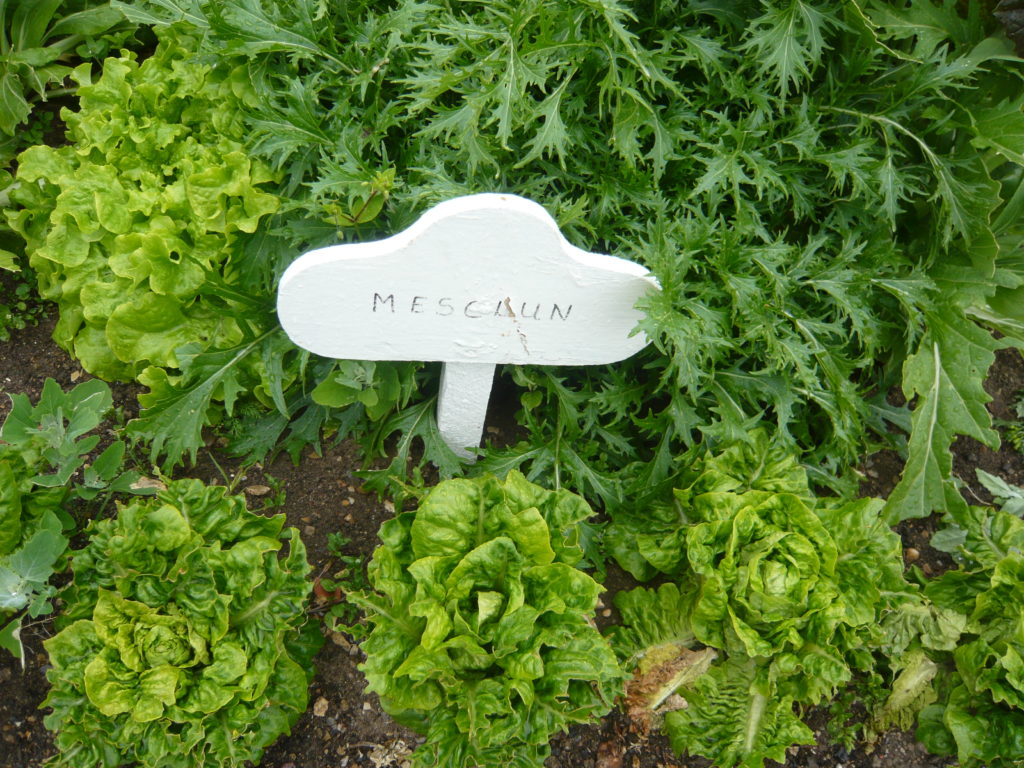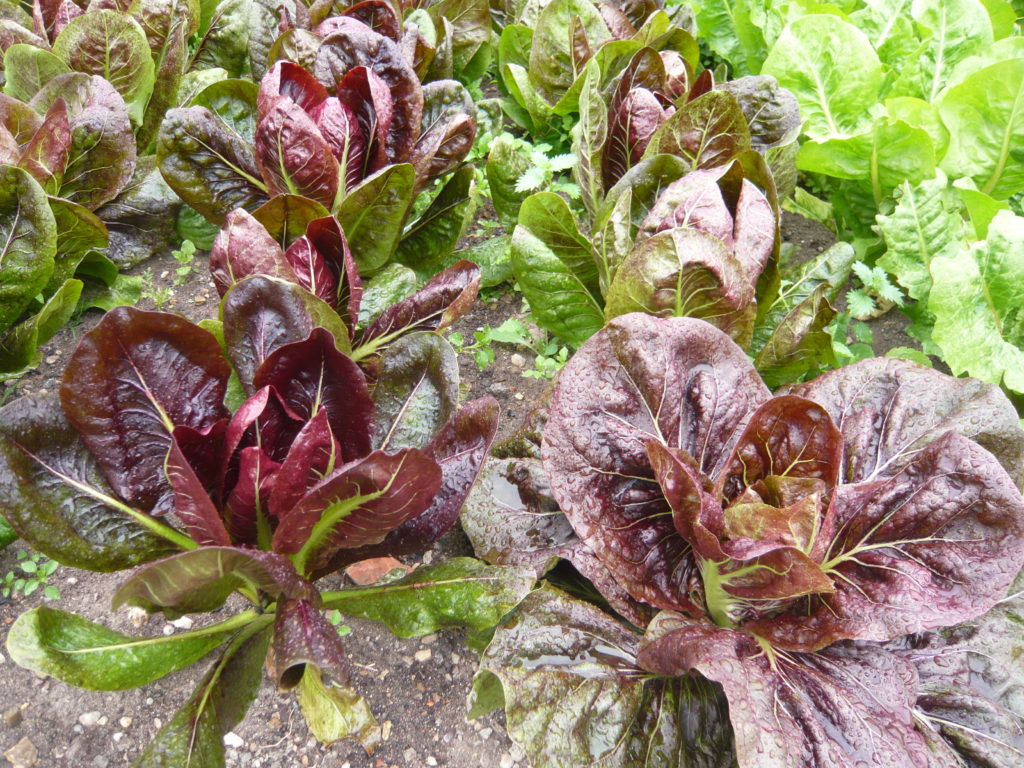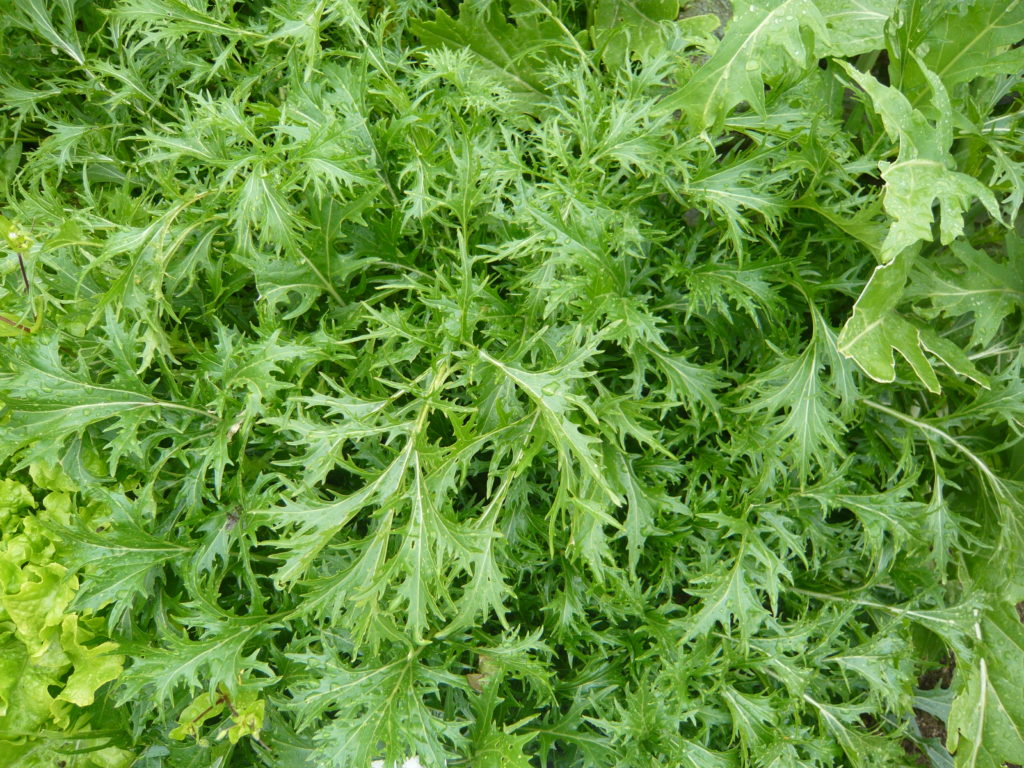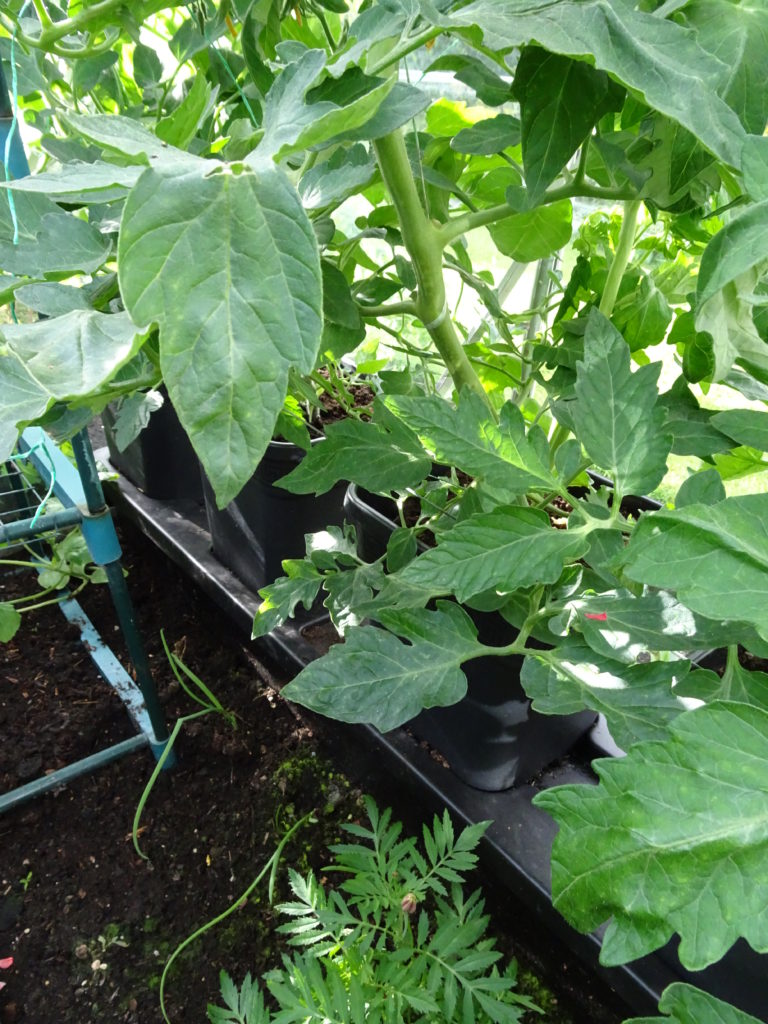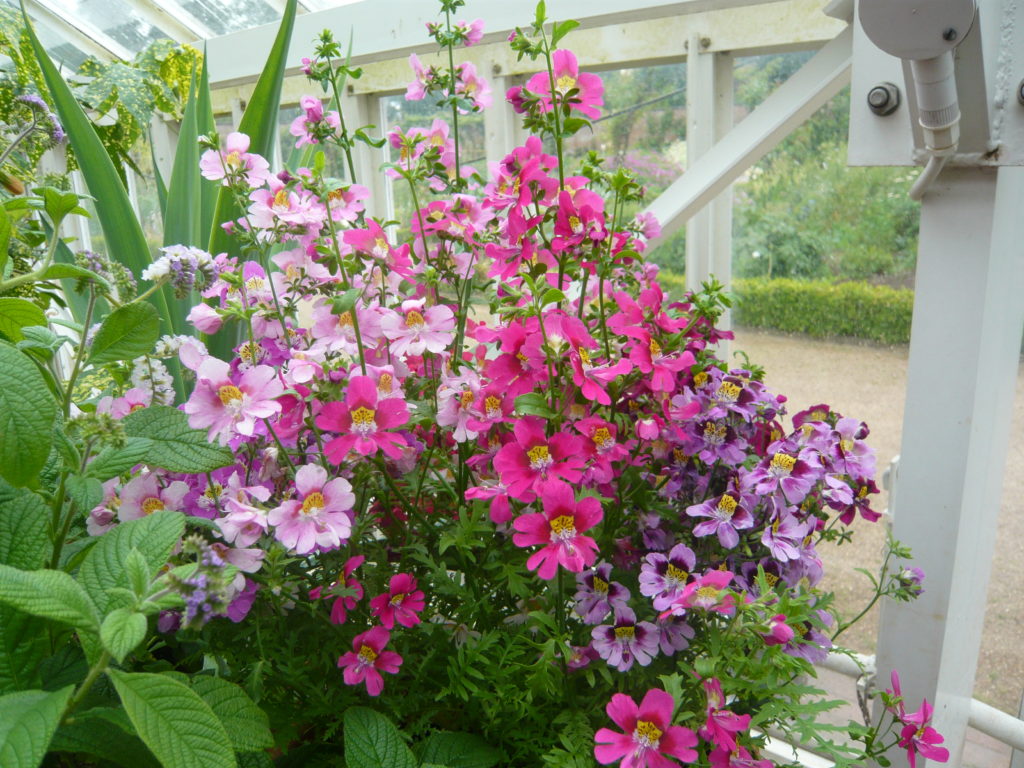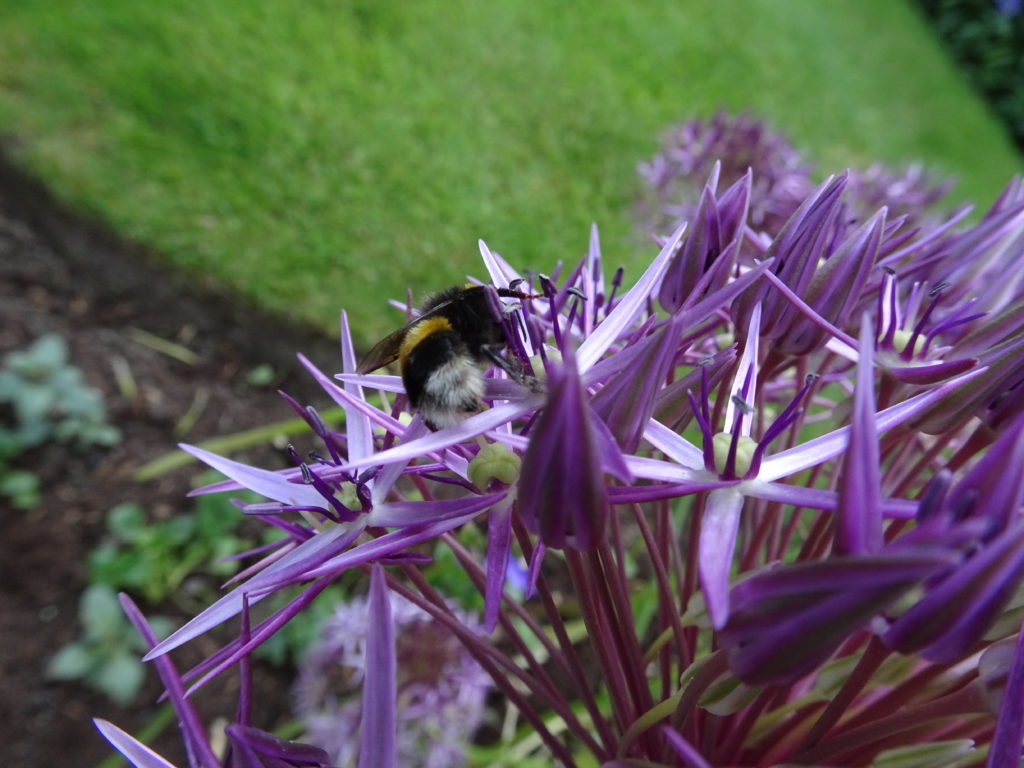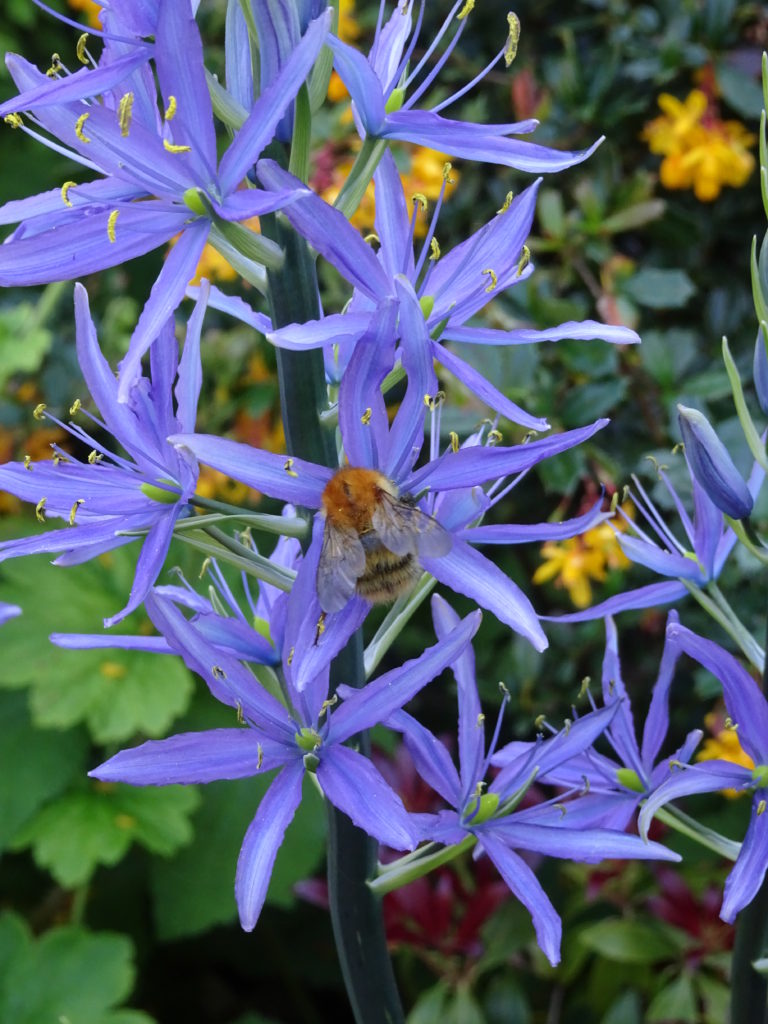No Chemical Pest Control
No Chemical Pest Control
The world is made up of chemicals and they are not all bad. Where would we be without oxygen for example. However chemical control to kill ‘pests’ is often harmful to the environment and other wildlife. Many persecuted pests are not actually harmful to gardens or can be effectively controlled using other measures:-
- Encourage natural predators of specific pests. Ladybirds and lacewings love to eat aphids. Frogs and hedgehogs go for slugs and if you want birds they have to eat something.
- Biological controls introduce one killer insect to predate another; Whitefly can be targeted by a parasitic wasps.
- Hand picking problems like the red lily beetle may be time consuming and intensive but is therapeutic for the Lily and the gardener. Removing and squashing caterpillars from brassicas is an old remedy .
- Water spraying with a light soap solution has been used for some time to remove aphids. Add plant oils and other organic based substances like garlic to the water for an environment friendly solution solution!
- For my Tomatoes I companion plan French marigolds to distract predatory insects from the tomatoes.
- Barriers from rabbit & deer fences to slug traps are chemical free. Slugs do not like copper or the sharp edges of eggshells.
- Think on about appropriate garden practice and methods like raised beds, crop rotation and good soil conditioning.
Leave Well Alone
- You do not need to remove the pest completely but are aiming to protect your plants and crops from serious damage. Many creatures we think of as pests are seen by some desirable creatures as food.
- Encouraging more diversity within the garden will prove beneficial.
- Ants are unsettling but benign and do not do much damage to flowers and crops.If possible leave the ants to carry on.
- Consider the whole food chain and be cautious before using any chemical. Remember the song Ilkley Moor Baht’at, after we’ve buried thee, worms will eat thee up, then ducks will eat up worms, we will eat up ducks and then we shall all have etten thee!
- Piles of rotting wood, nettle beds and nature zones are better than obsessive cleaning up.
